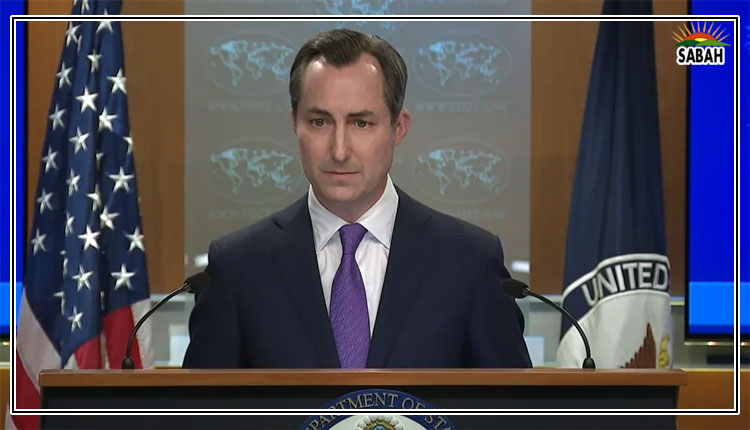Graphic & text health warnings on tobacco products are pivotal for cessation: Experts
ISLAMABAD (Nov 1, 2023): Graphic and textual health warnings on all tobacco products are pivotal to counter misleading marketing tactics and reinforce tobacco cessation efforts, said experts at a seminar.
The seminar titled, ‘MPOWER – Preparing the Next Generation of Tobacco Control Advocates: WARNING,’ was organized by Sustainable Development Policy Institute (SDPI) in collaboration with Vital Strategies here.
In his opening remarks, Dr. Vaqar Ahmed, Joint Executive Director, SDPI said that deceptive packaging has long been used by tobacco companies to lure and mislead the youth, therefore, pictorial warnings are effective deterrents to prevent them from initiating smoking. Highlighting the role of media and civil society in tobacco cessation awareness, he suggested that tobacco products must carry clear and transparent warnings, including pictorial warnings to ensure transparency of information. He stressed the need to ensure that consumers are aware of the harsh health hazards.
Dr. Minhaj us Siraj from Health Services Academy remarked that the size of the industry and its influence in the policy circles is huge and the key to countering the deceptive efforts of the tobacco industry lies in being innovative. Although Pakistan is leading in tobacco inhibition commitments in the EMRO region, the introduction of novel tobacco products is a huge challenge which threatens to derail the achieved progress, he added. He further said that pictorial and textual warnings should not remain limited to packaging but should be included in other forms of communication as well to broaden the outreach and awareness.
Dr. Aminah Khan, Executive Director of The Initiative, urged the government to conduct comprehensive research to update the graphic health warnings on packaging of tobacco products and customize the packaging designs accordingly. Many countries have shown progress in tobacco cessation by standardizing bland-colored packaging, void of brand logos. The absence of marketing materials on product packaging increases the impact of health warnings and must be considered in Pakistan as well.
Mazhar Arif, Executive Director, CTC/SAMAR, remarked that political will remains a key determinant in the success of any tobacco cessation initiatives. He urged the government to take the lead and aggressively pursue the case of pictorial health warnings. He said that the availability of novel tobacco products coupled with false advertising by tobacco companies has intensified the challenge and civil society and tobacco cessation advocates need the support of political actors for robust Implementation and enforcement of tobacco polices.
Dr. Waseem Iftikhar Janjua suggested that warning on tobacco packaging must be placed in multiple languages and must be clear and undistorted. The location of the warning on the packaging must be in an area where it does not get damaged. He elucidated that Pakistan was the first country in 1979 to legislate textual warnings on tobacco packaging which covered about 40% of the packaging area. However, for the next three decades there was no significant change in warning policy while pictorial warnings should be regularly changed and updated.
Khurram Hashmi, Technical Advisor, Vital Strategies, stressed the need for engaging larger population and leverage media support and evidence-backed research. He stressed that we must also tailor the available information to Pakistan’s context and present irrefutable evidence and policy propositions to the public and government to build demand for action from public and private sector.











